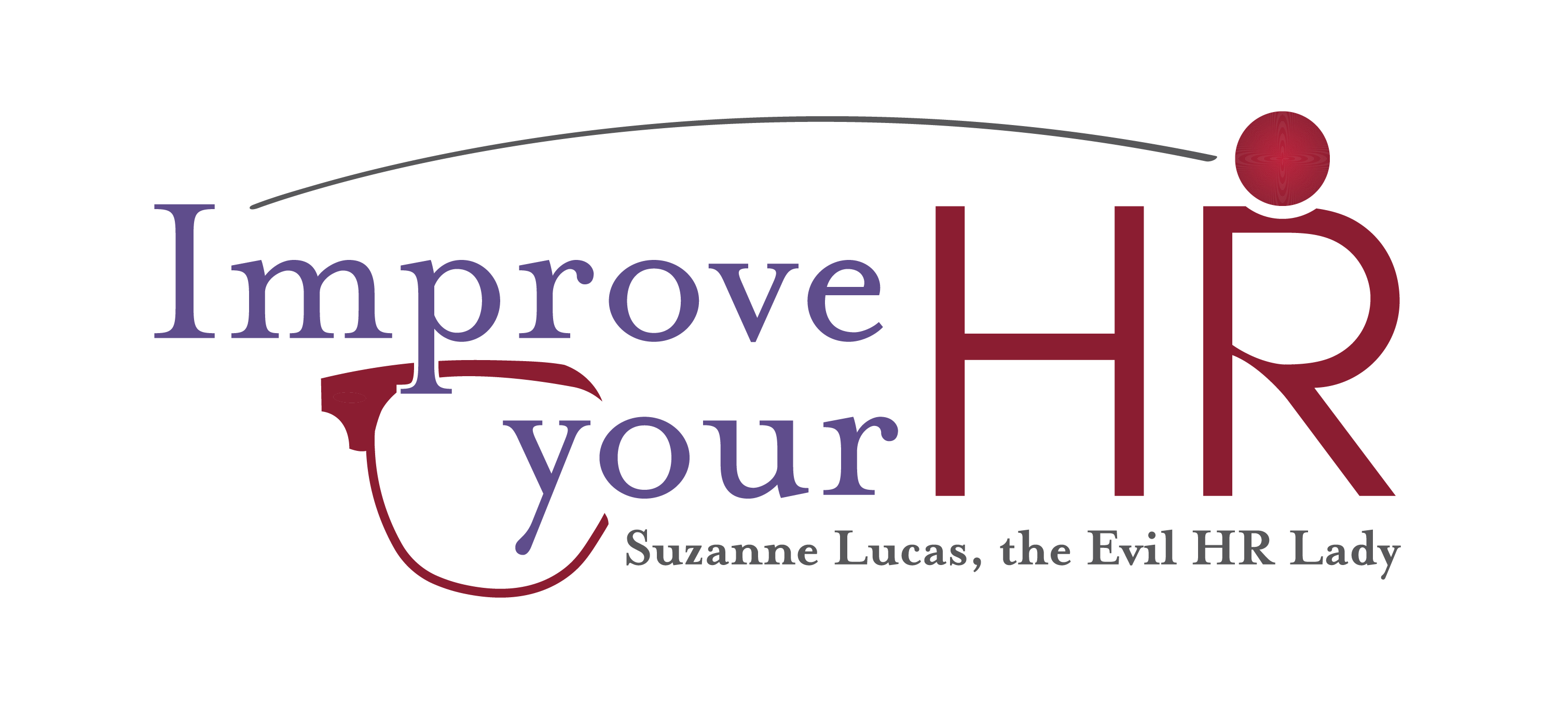If a new law meant you could never hire anyone new, would that affect how you approached performance improvement plans (PIPs)? You’d probably look at performance improvement plans as tools to help employees be happy, engaged, and productive, and not as documentation for an upcoming termination. They can and should be used for terminations as well, but their primary purpose should be retention.
If you want to focus on improving performance, it may be time to revise and update your performance improvement plans. Here’s why they are essential.
What Is A Performance Improvement Plan?
A performance improvement plan is a written, formal document that details an employee’s changes to retain a job. Because of the retention focus, employees often see these as just the final step on their way to termination.
There are usually a set of performance goals with goal dates. PIPs generally run 30, 60, or 90 days, depending on the situation.
To keep reading, click here: Performance Improvement Plan Guide: How To Write, Benefits + Tips

Performance Improvement plans if understood by both parties as the means to develop skills would be positive if both sides are in agreement. It would be helpful if presented in a non-threatening atmosphere